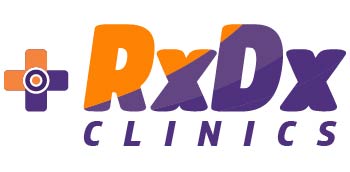Oxygen Therapy
Rent an oxygen concentrator or cylinder

- Oxygen Therapy
- Request Rental
- Rental Charges
- Oxygen Concentrators
- Oxygen Cylinders
- Proning
- Faq
Booking a Rental Supplemental Oxygen and other supplies
Place order
- Fill the form
- Email: info@rxdx.in
- WhatsApp: +91 901 996 1402
Call us
- +91 901 409 1111
- +91 740 663 7003 (RxDx SAMANVAY)
Home Delivery
- 10:00 am – 5:00 pm, subject to availability
- Delivery after online payment link sent via Email/SMS/WhatsApp
Documents required for booking
- Patient’s Aadhar card/ID proof or
Patient’s representative’s Aadhar card/ID proof
Download this Rental Contract
Please fill in the details and add your signature.
- Scan and email it to us for online booking, or
- Your representative visiting our clinic can submit a hard copy
Oxygen Concentrators
- Oxygen Flow Range: 0.5-5 L/min
- Oxygen concentration: 95.5% – 87%
- Oxygen Output Pressure: 40 – 70kPa
- Power Input: 150-400VA
- Weight of the machine: 15.5kg (34.1lbs)
- Operation noise level: ≤48dB (A)(average) Whole unit: 52dB(A)
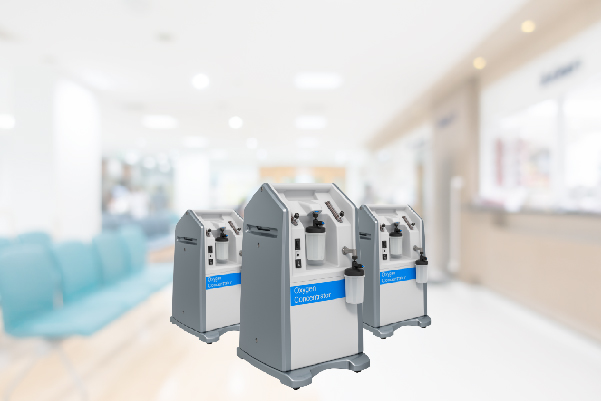
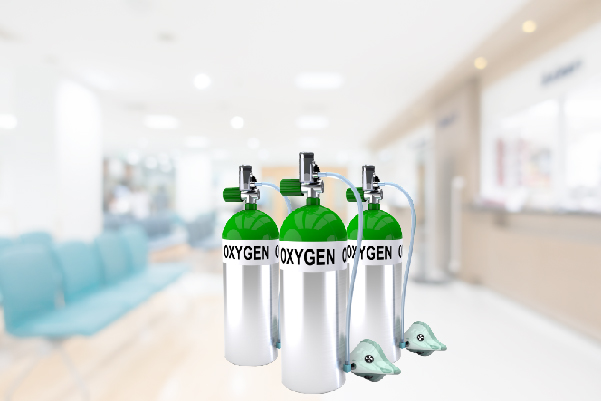
Oxygen Cylinders
- Oxygen Flow Range: 1-10 L/min
- Material: Aluminium
- Structure: General cylinder
- Power: Hydraulic
- Pressure direction: Double acting cylinder
Medical Oxygen & other Rental Charges
Delivery Time: 10:00 am – 5:00 pm, Mon – Sat
| PARTICULARS | 7-DAY RENTAL COST | 15-DAY RENTAL COST | 30-DAY RENTAL COST | SANITISATION COST | REFUNDABLE SECURITY DEPOSIT |
| Oxygen Concentrator 5 litres | ₹4,000/- | ₹7,500/- | – | ₹200/- | ₹15,000/- |
| Oxygen Cylinder 10 litres | ₹2,000/- | ₹4,000/- | – | ₹200/- | ₹5,000/- |
| Refilling charges for Cylinder | ₹ 700/- + transport | – | – | – | – |
| One Way Transport Charges | ₹400 (within 5 km) + ₹25 per additional km | – | – | – | – |
| Medical bed with head and foot elevation, side railing | – | – | ₹3,500/- | – | ₹5,000/- |
| Mattress | – | – | ₹850/- | – | ₹2,000/- |
Accessories like an Oxygen mask and Nasal cannula can be purchased from Pharmacy as per the MRP.
Medical Oxygen Supply
Let’s look at the most common types of oxygen supplements used in a home-based care setup.
Oxygen Concentrators
Mechanism of action
Concentrators have an in-built cooling mechanism to prevent overheating. The oxygen is stored within the device in a compressed state. While using the machine, the caregiver must regulate and monitor the flow.
Types of Concentrators
Pulse dose takes a cue from the patient’s breathing pattern and releases the oxygen only during inhalation. The continuous flow concentrators keep going until turned off manually. The oxygen dispensed per minute varies in a pulse dose concentrator.
Pulse Oxymeter

Available across all Pharmacies of RxDx
Benefits of keeping an Oxygen Concentrator at home
Ideally, patients who need less intensive oxygen support of average of 2-3 litres, which may extend to 5 litres per minute and not above, are the best candidates for an oxygen concentrator. Patients with moderate symptoms or having the risk of developing so can recover well at home quarantine under medical monitoring with oxygen therapy.
Elderly or particularly sick patients discharged from the hospital may also be advised to continue oxygen therapy at home and may require oxygen concentrators.
Limitations of oxygen concentrators
In patients with severe symptoms, the device can reduce the symptom severity and buy some time before a patient can get the needed critical medical care.
Features of an Oxygen Concentrator
- 1-5 litres per minute supply of approximately 90% pure oxygen at a relatively low pressure
- Oxygen therapy 24/7 increases chances of survival
- Can run continuously but for best results, should be turned off for 30 minutes, every 6 hours
- Smaller portable types need to be recharged after 2 hours, usually
- Can boost exercise tolerance by helping patient breath
- May improve stamina for day-to-day activities
- It doesn’t need a refill tank
Don’t forget to sanitise the device regularly!
Best way to improve oxygen levels
Prone Position:
Proning is a medically accepted position to improves breathing comfort and oxygenation.
Prone Position
- Improves breathing
- Provides comfort and oxygenation
- Improve the distribution and lung air volume
- Enable smoother expansion or collapse of alveoli or tiny air sacs in the lungs where the exchange of blood oxygen & carbon dioxide occurs
- Video by RxDx Physios: YouTube link will be shared
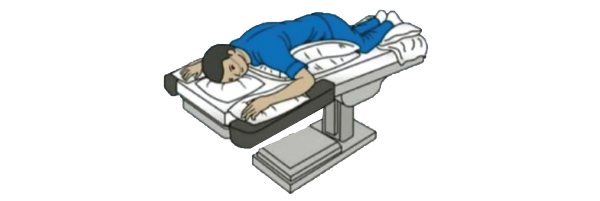
Placing the Pillows
1 pillow below the neck
1 or 2 pillows below the chest and upper thighs
2 pillows below the shin area
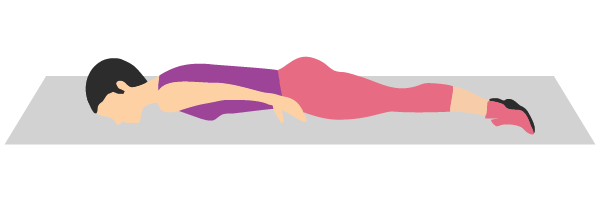
30 minutes – 2 hours
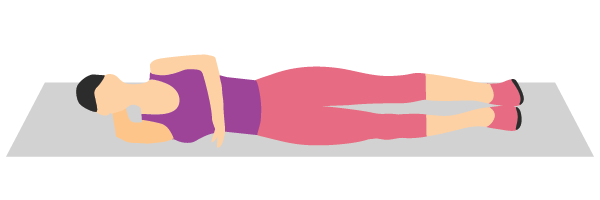
30 minutes – 2 hours
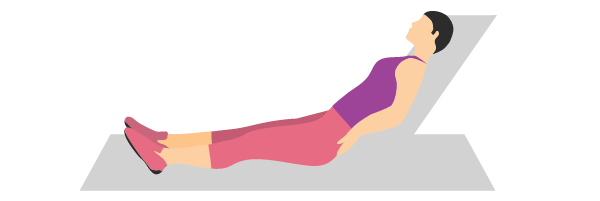
30 minutes – 2 hours
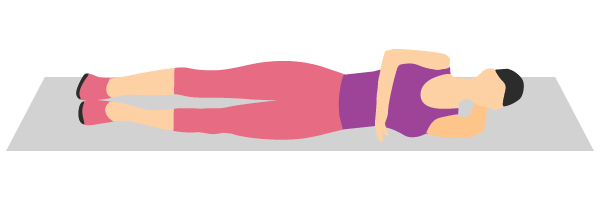
30 minutes – 2 hours

30 minutes – 2 hours
Do’s & Don’ts of Proning
- Avoid proning for an hour after meals
- Maintain proning only as far as you can tolerate easily
- You can practice proning for up to 16 hours a day, in multiple cycles
- Pillows may be adjusted slightly to alter pressure areas and for comfort
- Keep a track of any pressure sores or injuries, especially around bony prominences
Avoid Proning if:
- Pregnant
- have been diagnosed or treated for Deep venous thrombosis in less than 48 hours
- Major cardiac conditions
- Unstable spine, femur, or pelvic fractures
Oxygen Cylinders
Who needs Oxygen Cylinders?
However, supplemental oxygen in cylinders is a must for moderate to severe breathing difficulty to maintain aerobic metabolism. It is a better choice over concentrators due to its capability to dispense oxygen at a large volume per minute.
Patients with severe symptoms or an oxygen saturation dipping further down from 80-85% may need a higher oxygen flow are recommended hospitalisation or, if not possible, switch to Oxygen Cylinders.
You may also need other equipment like Humidifiers, Cannulas and Flowmeters to assist in oxygen therapy or enhance the respiratory aid.
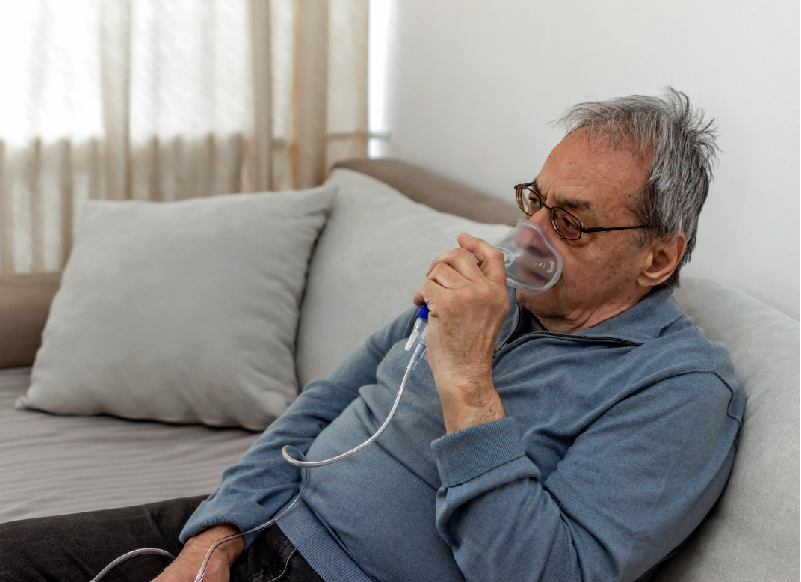
Frequently Asked Questions
Why is medical oxygen supply in high demand right now?
Why is the 2nd wave more devastating in India than the 1st?
How are symptoms of the 2nd wave different from the 1st wave?
During the 2nd wave, diseased lung progression has been observed from day 2 or 3 of symptom onset. Some noticeable respiratory conditions are COVID pneumonia, Acute Respiratory Distress Syndrome (ARDS), pulmonary complications, and patients who have sought medical attention for severe breathlessness, chest pain, and persistent cough.
How is oxygen related to breathing issues associated with COVID?
The dip in oxygen saturation can happen anytime from the first week of recovery. What starts as shortness of breath may escalate to severe breathing difficulty and continue towards lung damage, or even end up resulting in multiple organ failure.
The SARS-CoV-2 infects the respiratory epithelial cells, protecting the airway tract from pathogens and infections and facilitating oxygen-carbon monoxide exchange. In that case, our immune system triggers an inflammatory response, which hinders the regular oxygen transfer in the lungs, and leads to a fluid build-up. All these may contribute to breathing difficulty.
What is silent Hypoxia?
What is SpO2? How is it measured?
The most common method of measuring your oxygen saturation at home is the Pulse Oximetry Test. It’s a small device with a clip to fit your finger. The readings appear in percentage, and 95% or higher means you have a normal oxygen saturation. If you are COVID positive and your reading falls to 94 or below, you need to be careful. 90% signifies low blood oxygen, and the condition is called hypoxemia. That’s when you need emergency medical help.
Where does the supplemental oxygen come in?
A home setup of supplemental medical oxygen can be a more feasible alternative, especially when oxygen beds are in high demand. COVID Patients must remember that oxygen therapy cannot boost oxygen levels instantly. The goal is to get the saturation up to 92%.
What kind of devices can supply medical oxygen at home?
Who is eligible for supplemental oxygen or an oxygen concentrator set up at home?
However, experts warn that patients with severe symptoms or an oxygen saturation dipping further down from 80-85% may need a higher oxygen flow. Such a patient needs to switch to a cylinder or liquid medical oxygen supply and possibly, eventually, seek hospital admission.
